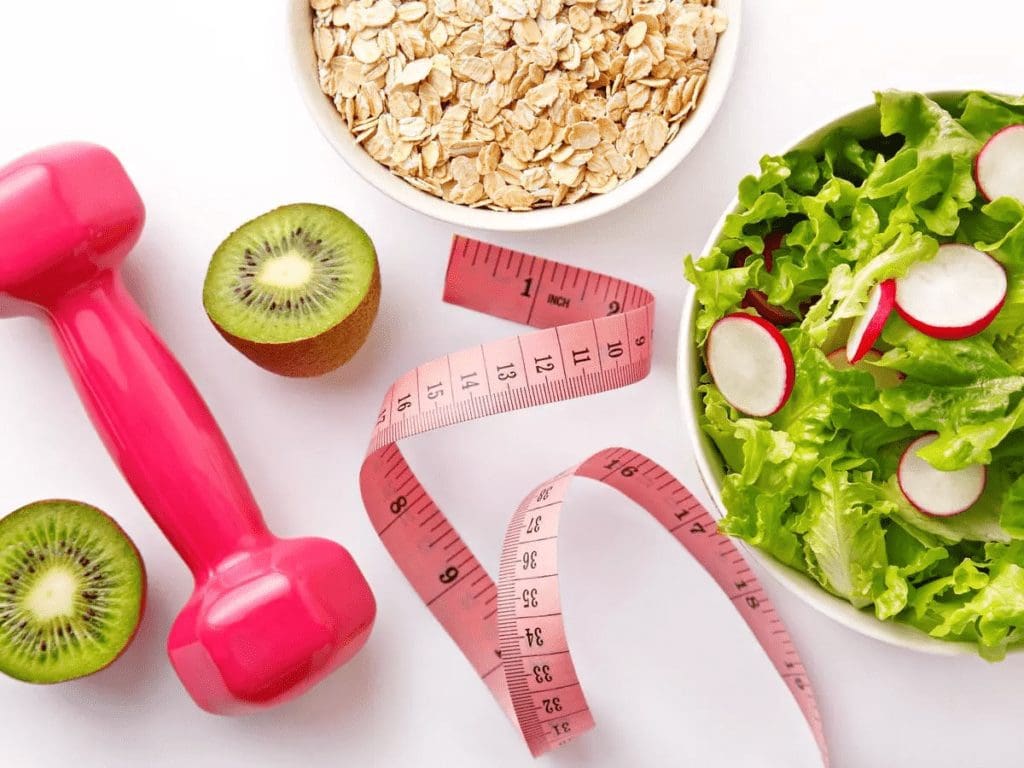Proteins, Carbs and Fats Simply Explained
Are you ready to improve the way you eat? We prepared this blog to simply explain and help you understand Proteins, Carbs and Fats. But also to help you understand why you should be prioritising counting macros over calories, and to learn the right sources of each macronutrient.
What Are Macronutrients?
Macros - macronutrients are required in larger amounts, and are nutrients that our bodies need to create energy in order to fuel our daily activities. Macros are what makes the caloric content of a food, and the caloric combination of the macros is where that mysterious overall number of calories comes from.
Macronutrients are:
- protein
- carbohydrates
- fat

PROTEIN
1g of protein equals 4 calories
Proteins are made of amino acids, which function as building blocks for cells. Cells need protein to grow and to repair themselves. Your body also uses protein to make enzymes, hormones, and other body chemicals. It is an important building block for bones, muscles, cartilage, skin, and blood.
Protein sources:
- eggs
- almonds (peanuts)
- chicken or turkey breast
- oats
- cottage cheese
- greek yogurt
- broccoli
- tuna
- quinoa
- lentils and beans
- fish
- tempeh
- tofu
> 2 large eggs: 155 calories = 1.5 g carbs, 11 g fat, 22 g protein
> 3/4 cup tempeh: 333 calories = 15.9 g carbs, 19.4 g fat, 30.9 g protein
> 3/4 block of firm tofu: 311 calories = 6.8 g carbs, 19.9 g fat, 33.7 g protein
> 100g chicken: 164 calories = 0 g carbs, 5.2 g fat, 29.2 g protein
> 100g cooked kidney beans: 127 calories = 22.8 g carbs, 0.5 g fat, 8.7 g protein
CARBS
Carbohydrates are foods that get converted into glucose (sugar), in our bodies during digestion. Although glucose is a form of sugar it is also the main source of fuel for our bodies. It is important for our brain function. Other fuel sources (from fat or protein) are nor as efficient as carbohydrates to produce energy.
1g of carbs equals 4 calories
Simple carbohydrates – the ‘bad’ carbs you want to avoid: sugary foods such as processed sugar, baked goods, commercial cereals, cookies, honey and dairy products.
Complex carbohydrates – the ‘good’ carbs’ sources:
- grains (amaranth, barley, quinoa, millet, couscous, rye, buckwheat)
- starchy vegetables (corn, peas, white and sweet potatoes, squash)
- wholewheat bread
- brown rice
- oats
- chickpeas
- beans
- lentils
> 2 medium baked sweet potatoes: 200 calories = 46 g carbs, 0.3 g fat, 4.5 g protein
> 1-1/2 medium baked potato: 241 calories = 54.9 g carbs, 0.3 g fat, 6.5 g protein
> 1-3/4 cup of cooked oatmeal: 291 calories = 49.1 g carbs, 6.2 g fat, 10.4 g protein
> 1-1/4 cup cooked quinoa: 278 calories = 49.3 g carbs, 4.4 g fat, 10.2 g protein
> 1 cup cooked brown rice: 216 calories = 44.8 g carbs, 1.8 g fat, 5 g protein
FAT
Your body needs fat, it needs the so called ‘good’ fat delivered from real food. Fat is a major source of energy, it helps you absorb some important vitamins and minerals. It is needed to build the exterior part of your cells, and it is essential for blood clotting, muscle movement, and inflammation.
1g of fat equals 9 calories
Fat Sources:
- salmon, mackerel, and sardines
- avocados
- flaxseeds
- walnuts
- canola oil
- soybean
- vegetable oils (sunflower, walnut, and corn oils)
- coconut oil
> 1/4 cup of cashews: 314 calories = 17.1 g carbs, 25 g fat, 10.3 g protein
> 3/4 avocado: 241 calories = 12.9 g carbs, 22.1 g fat, 3 g protein
> 2 tbsp peanut butter: 210 calories = 6 g carbs, 16 g fat, 7 g protein
> 1-1/2 tbsp olive oil: 180 calories = 0 g carbs, 21 g fat, 0 g protein
> 1/2 cup almonds: 275 calories = 9.4 g carbs, 24.1 g fat, 10.1 g protein
_______________________________________
There are different macro combinations you can chose to follow depending on your goal, gender or body type. Most common ratios:
protein : fats : carbs
- Maintaining Weight = 30:35:35
- Weight Loss = 40:40:20
If you would like to learn more about Micronutrients you can read our more in depth blog on [MACROS AND MICROS EXPLAINED] BALANCE YOUR MEALS!


